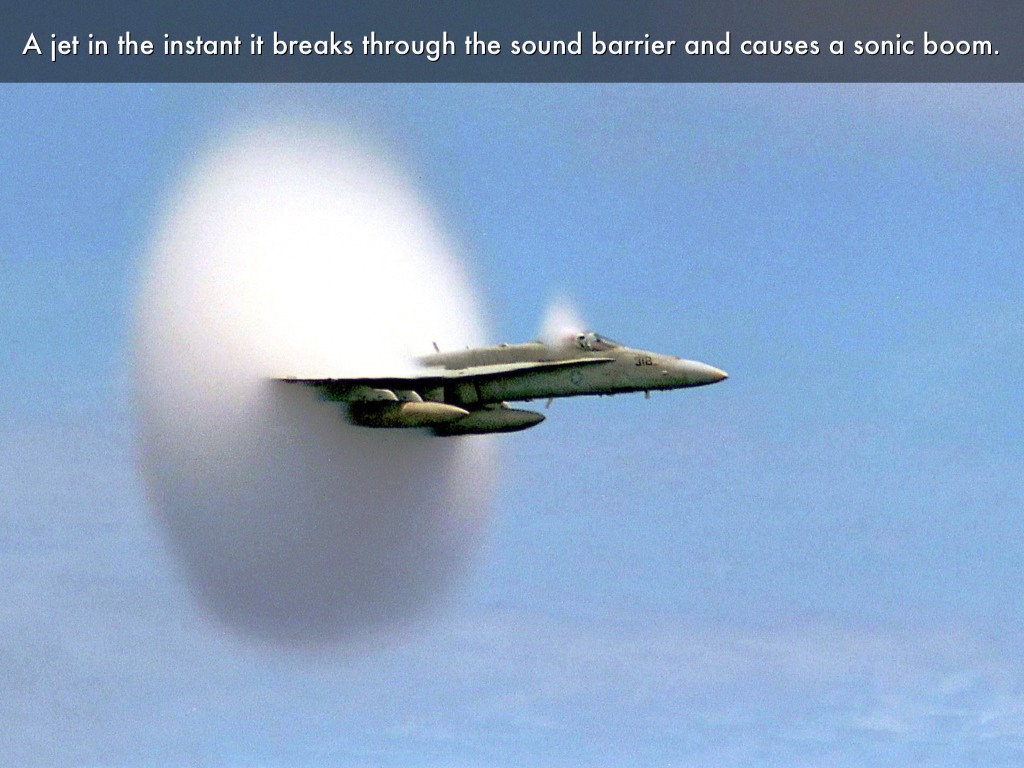
We’ve heard a lot about sonic attacks recently as embassies and government officials have reportedly been targeted overseas. There have been reports of injuries as well as property damage from the reverberations of intense sound waves in addition to general disruptions that these noises cause. While it is true that high-end, military-grade sound weapons have been in development for years, there is little evidence to suggest that the technology exists to miniaturize them and be affordable enough for the average militant group, or individual, to possess.
Consequently, attacks that target groups of people isn’t a threat that most of us should be worrying about since they are usually carried out by governments. However, that’s not to say that sound can’t be used against us either. In fact, there are a number of ways that the average person can weaponize sound, and sound is a lot easier to utilize than many people think. While this may seem unsettling at first, remember that we can use sound to our advantage as well.
Bang and Stun
The first thing that usually comes to mind when considering a sound weapon is a flash grenade. These grenades produce a bright light and powerful boom instead of shrapnel, and they are highly-effective at temporarily blinding and disorienting a target long enough to gain the tactical advantage. However, they can be difficult to get a hold of, dangerous to make, and people can become seriously injured if they’re too close when one goes off.
Another less-common, yet effective weapon that can produce a similar, debilitating effect is an ultrasonic sound gun. These tend to look more like toys than weapons, with a gun and trigger that has a cone attached to the end of the barrel. Press the trigger, and intense beams of sound waves are channeled toward a fixed, nearby target. While these can work, they have limited range. They can also be cumbersome and bulky, making them less-ideal in situations where portability and mobility are important.
There are also small, handheld devices that claim to do the same thing, but their effectiveness will vary from product to product. If you’re considering getting one for self defense, make sure that you test them thoroughly to make sure they will work as promised if you ever face a life-or-death encounter with a threat.
Annoyances
While all of these devices are capable of producing ear-piercing and disruptive sounds, it’s important to remember that there are plenty of low tech ways to deploy sound as a weapon as well. Remember when the military tried to oust Manuel Noriega in Panama and they used loud music to drive him out of hiding? Even though there were reports of people inside being able to cover their ears, the vibrations and constant barrage of muted tones were still enough to drive occupants crazy.
Humans have a remarkable sensitivity to sounds, and we don’t need to be exposed to loud noises or irritating chatter to experience negative effects. Just think about how difficult it is to ignore a crying baby or the annoying rumble of music or voices as they penetrate through walls. Sirens, alarms, buzzers and steady tonal frequencies are just a few examples of ways to deploy sounds as a way to annoy and disturb a threat to the point where they will want to flee.
Take some time to think about how you can use sound as a defensive as well as an offensive weapon, and chances are that you’ll be surprised that it can be so effective. It’s also a good idea to learn how to resist the effects of a sonic attack and to prepare for this possibility as well. The good news is that a decent pair of earplugs or moving away from the cone of sound in question can be all that it takes to minimize the effects.
